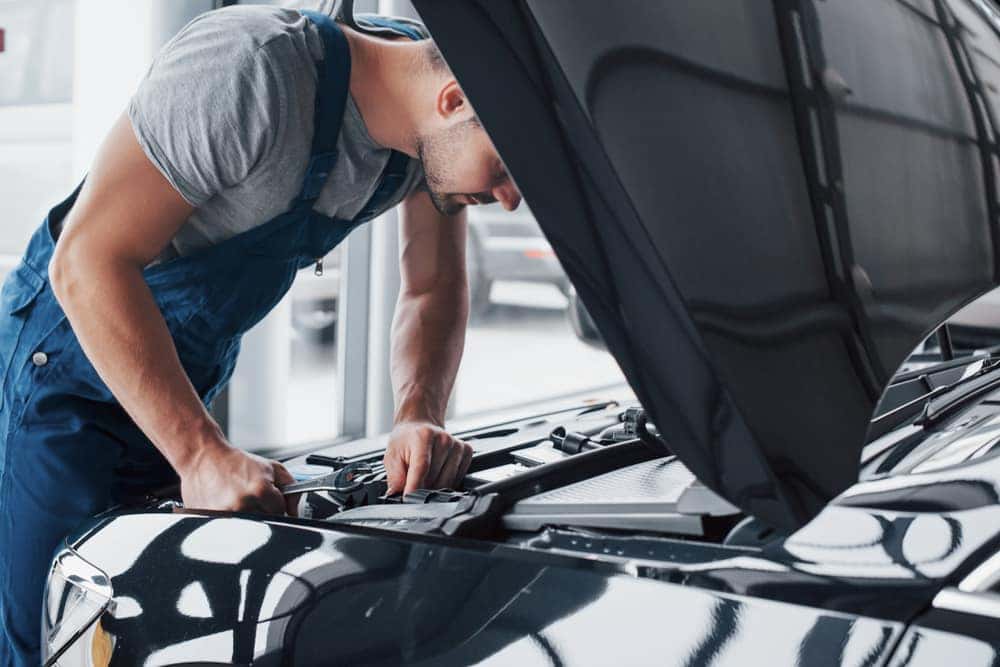Classic cars, with their unparalleled charm and historical significance, demand meticulous care to ensure they remain a testament to automotive craftsmanship. In this extensive guide, we’ll delve deeper into the nuanced art of maintaining classic cars, providing not just practical tips but a holistic approach to preserving their timeless beauty and cultural legacy.
Regular Cleaning and Waxing
Classic cars often boast unique paint jobs and finishes that demand special attention.

1. Gentle Wash Routine: Initiate the cleaning process with a gentle wash, using a pH-neutral soap, microfiber cloths, and a low-pressure hose. This method ensures that you cleanse without compromising the integrity of the paint.
2. Mindful Drying Techniques: The drying process is as crucial as washing. Utilize a soft, clean chamois or microfiber towel to gently pat the surface dry, minimizing the risk of scratches or swirls.
3. High-Quality Wax Application: Elevate your classic car’s defense mechanism against the elements by investing in a high-quality car wax. Regular applications create a protective shield, preserving the original luster and sheen.
4. Detailing Rituals: Consider occasional professional detailing to address intricate areas. This not only maintains aesthetics but also safeguards against long-term wear and tear.
Interior Care and Preservation

1. Upholstery Maintenance: Tailor your cleaning approach to the specific interior material—leather, fabric, or vinyl. Choose cleaning products designed for each type, and always follow manufacturer guidelines to avoid unintended damage.
2. Dashboard and Trim Protection: Beyond mere cleaning, apply interior detailing products to nurture and shield the dashboard and trim. Regular care prevents cracks, fading, and the deterioration of these often overlooked components.
3. Climate-Controlled Storage: Elevate your classic car’s preservation strategy by opting for climate-controlled storage whenever possible. Consistent temperature and humidity levels protect the interior from aging and degradation.
4. Aromatherapy for Classics: Consider placing subtle, classic-friendly air fresheners to maintain an inviting ambiance inside your vehicle. Choose scents that complement the vintage charm without overwhelming.
Engine Care

1. Scheduled Oil Changes: The heartbeat of your classic car lies in its engine. Adhere to a stringent schedule for oil changes, opting for oils specially formulated for older engines.
2. Cooling System Vigilance: Regularly inspect the radiator and cooling system. In addition to routine maintenance, consider upgrading to a modern, efficient radiator for enhanced cooling performance.
3. Battery Health: Integrate a comprehensive battery maintenance routine. This includes periodic checks, cleaning of terminals, and investing in a quality battery tender to maintain optimal charge during periods of inactivity.
4. Periodic Professional Inspection: Engage a skilled professional for periodic inspections. Their expertise can uncover potential issues before they escalate, ensuring the longevity of your classic car’s engine.
Tire and Suspension Care

1. Optimal Tire Inflation: Tires are the direct connection between your classic car and the road. Keep them at the recommended inflation levels to guarantee even wear and optimal performance.
2. Routine Tire Rotation: Implement a proactive tire rotation schedule. This not only prolongs the life of your tires but also contributes to balanced handling, especially crucial for vehicles with infrequent use.
3. Suspension Integrity: Regularly inspect suspension components for wear or damage. Investing in modernized suspension upgrades can enhance both safety and driving comfort without compromising the classic appeal.
4. Wheel Alignment Mastery: Prioritize wheel alignment as part of your routine maintenance. Precise alignment not only optimizes tire wear but also contributes to the overall stability and handling of your classic car.
Tips for Long-Term Storage

1. Fuel Stabilization: Extend your foresight by adding a fuel stabilizer before storing your classic car for an extended period. This guards against fuel degradation and carburetor issues, ensuring a smoother revival.
2. Lifting the Vehicle: Elevate your storage strategy by lifting the car off the ground or utilizing jack stands. This alleviates pressure on tires and suspension components, mitigating the risk of flat spots.
3. Engine Preservation Techniques: When periodically starting the engine during storage, allow it to reach operating temperature. This practice helps prevent moisture buildup in the oil and exhaust system, ensuring a healthier engine upon full reactivation.
4. Humidity Management: Integrate humidity control measures within your storage space. Desiccant bags or dehumidifiers help prevent corrosion, mold, and musty odors inside your classic car.
Conclusion

Preserving the timeless beauty of classic cars is a multifaceted endeavor that requires dedication and a nuanced understanding of both aesthetics and mechanics. By incorporating these detailed tips and adopting a holistic approach to maintenance, classic car owners can ensure their cherished vehicles not only retain their visual allure but also continue to roll through time with the grace and elegance they were designed to embody. For those embarking on the exciting journey of acquiring a classic car, Hemmings stands as a trusted platform, offering a curated selection of vintage treasures. As a proud partner in celebrating automotive heritage, Hemmings encourages you to follow these guidelines for a journey filled with joy and the enduring spirit of automotive history. Happy motoring!






